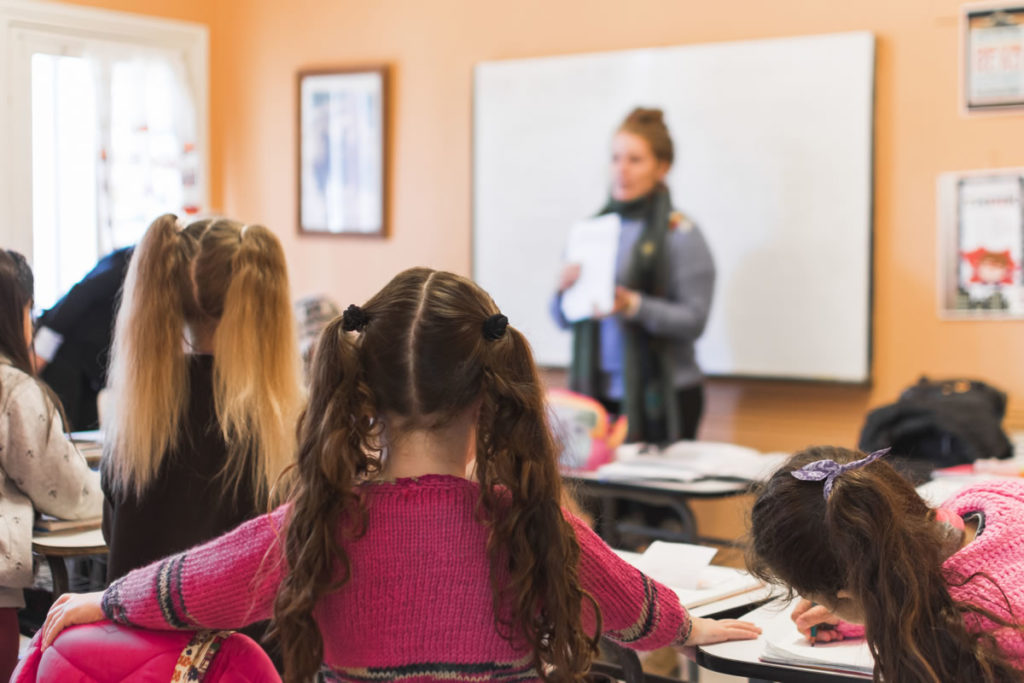Indiscipline in the classroom is the absence of “normal” behavior, that is, that expected by a majority of teachers in the classroom. Indiscipline problems can be due to situations related to the student, as well as to the teacher’s relationship with his students or vice versa, or to the selection of wrong strategies by the teacher in the classroom. Whatever the case, it is necessary to choose the appropriate strategy to face the problems that arise and to be able to maintain discipline in the classroom.
Steps to follow to solve the indiscipline in class
- Get to know the students better
When the behavior of the students (or of any of them) is very different from the average of the students in the classroom, it is important to know the origin of this attitude, knowing better the reality of each student. Presence of hyperactive students, with attention deficit, with aggressive behavior in the classroom, with a large number of absences, with an eagerness to break the rules … these are all situations that can alter the control of the class and that require further investigation as well out of the classroom.
- Plan each of your classes
Lack of planning a class is another possible cause of indiscipline in a classroom. A teacher who decides to start the class improvising is a teacher who leaves the success of his class to chance and who, most likely, will be difficult to take seriously. It is recommended that classes are planned with various activities that avoid boredom and that take into account the different personalities of the students.
- Encourage positive feelings
It is important to motivate and help all students with difficulties, also trying to raise their self-esteem so that they can feel worthy of learning and do not fall into negative emotions. Students with low self-esteem will be more easily demotivated and will tend to stay absent during class.
- Do not threaten or impose unnecessary punishments
Threats and punishment are not good strategies for tackling behavior problems or creating true discipline. On the other hand, love, compression and positive encouragement are, so if we establish rules that include this type of positive encouragement, we will be on the right track. Never forget that threats tend to make “rebellious” students even more rebellious and defiant, and further away from their relationship with teaching.
- Avoid preferences for a group of students
Preferences for a group of students and stereotypes in the classroom produce negative emotions that can end up leading to annoyance towards the teacher or disrespect. It is a good idea to maintain eye contact with all students to gain attention , walk from one side of the room to the other, and / or take into account the opinions of all students equally. Other ideas such as asking direct questions of students from time to time will help keep everyone in the class attentive.

- Do not make comparisons
Avoid making comparisons between students and between different class groups each school year, as this only creates resentment, hostility and indifference on the part of the most hyperactive students. In the case of the more disciplined students, it will generate probable feelings of demotivation and sadness that also generate problems in terms of improving the teaching-learning process.
- Do activities according to each personality
It is a good idea to organize different activities for each type of student. For example, the more extroverts will feel good in groups giving speeches and participating, but the more introverts may prefer individual activities or writing assignments. It balances everything that happens in class with activities designed so that everyone can act naturally and make students feel useful and fully inserted in their classroom.











































































































